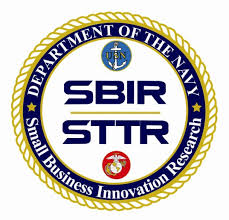
The Navy’s top acquisition official on Monday spoke about how the service is trying to help small businesses weather the issues caused by the COVID-19 pandemic by pushing out more awards directly and indirectly. The office of Naval Research Small Business Innovation Research (SBIR) programs are “taking a 90-day surge challenge for us. They’re intent is to award $250 million in SBIR contracts in the next 90 days, doubling up their awards they planned to do in the next 60…

 By
By 











